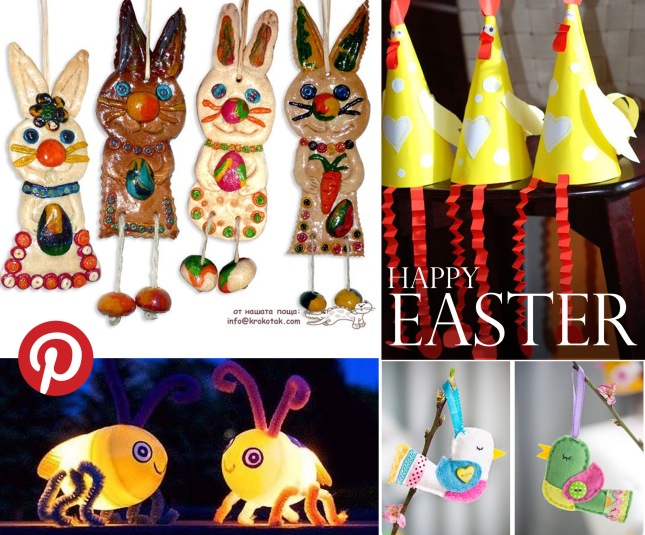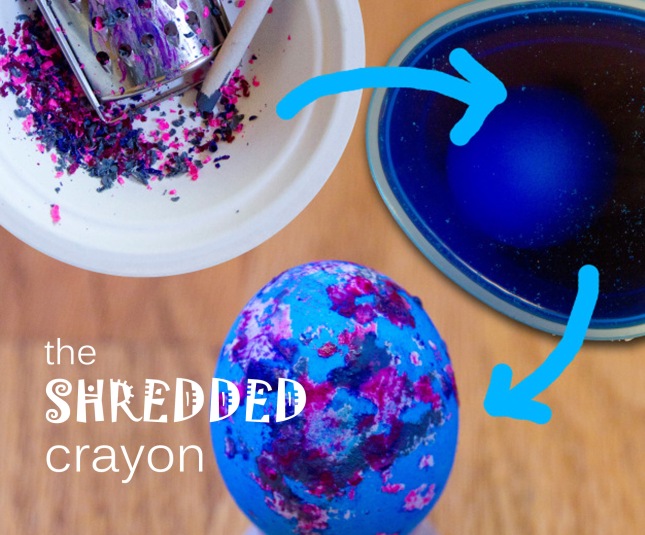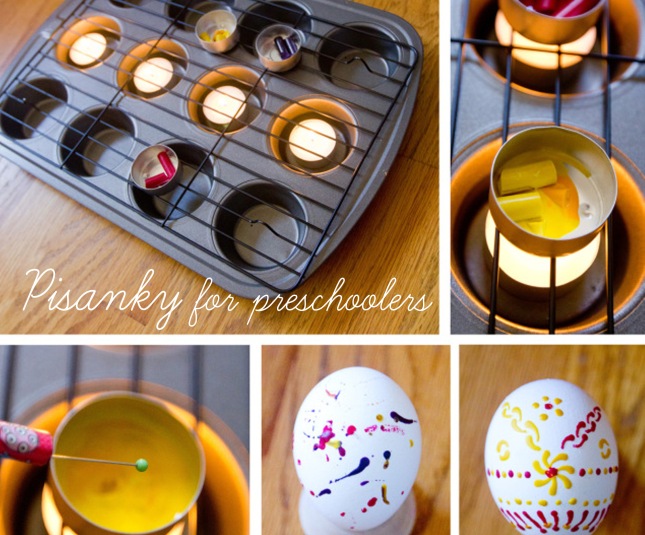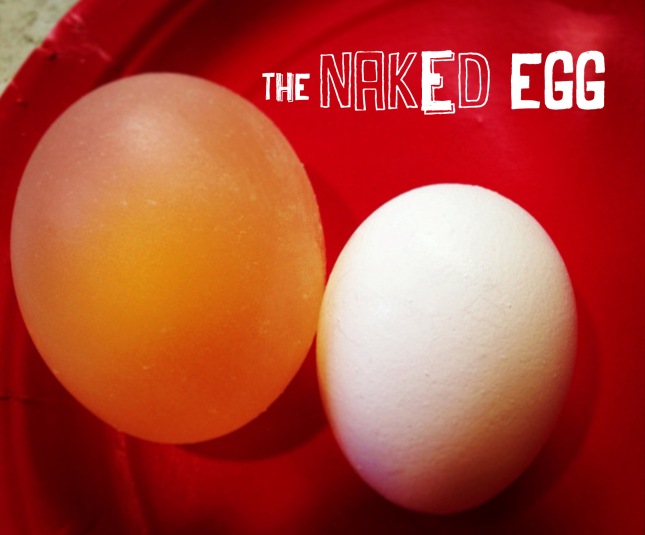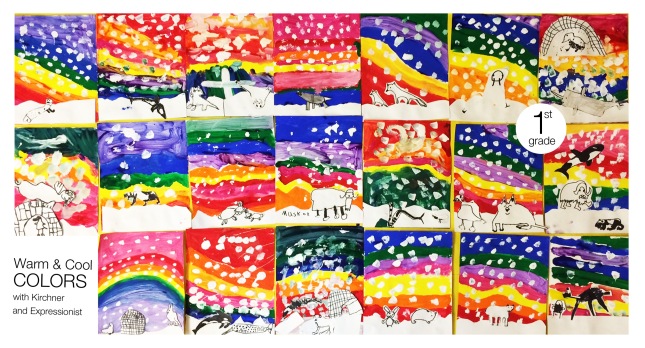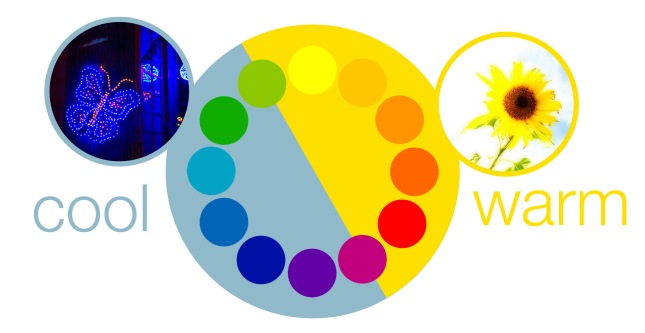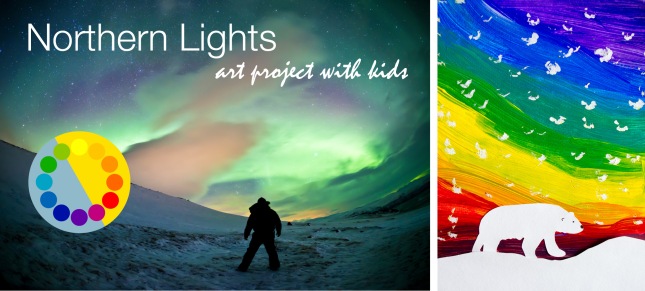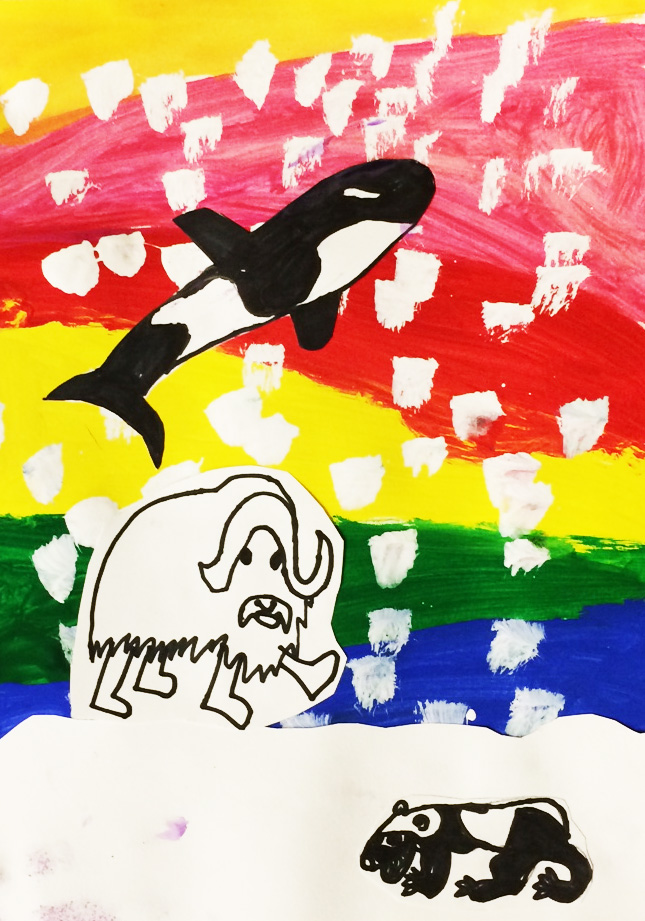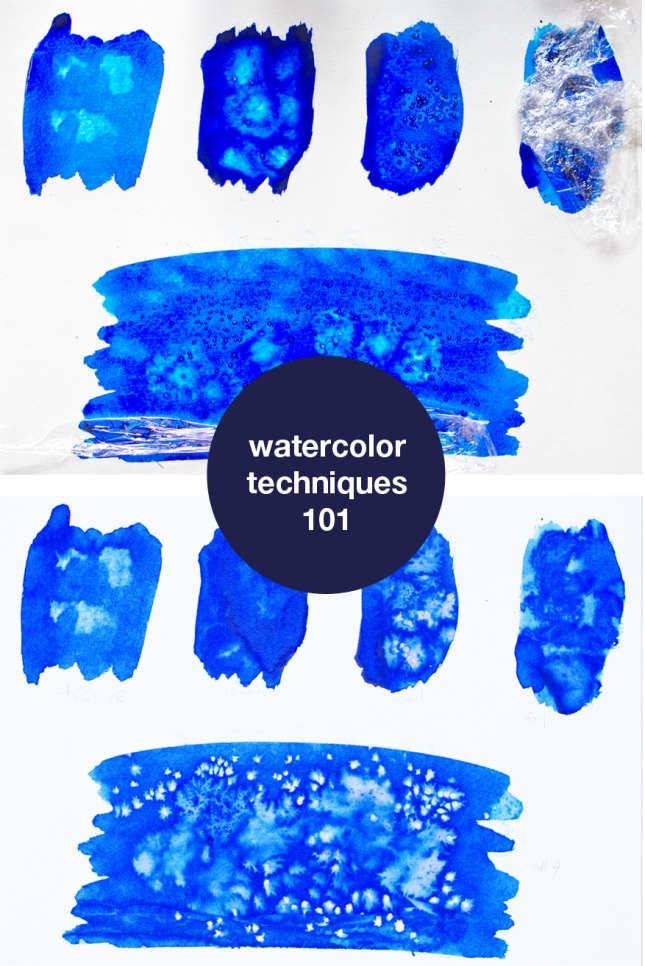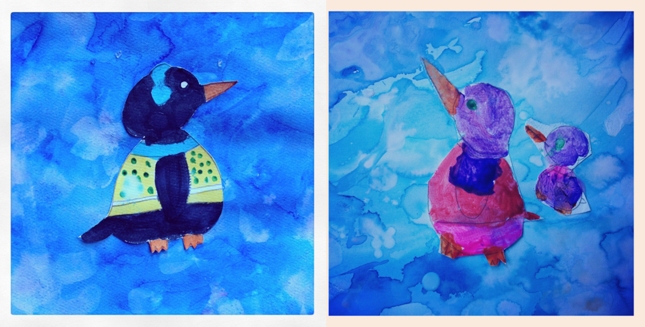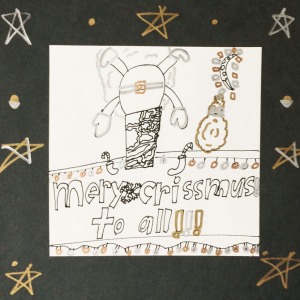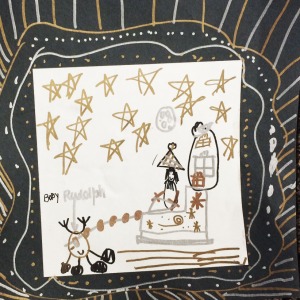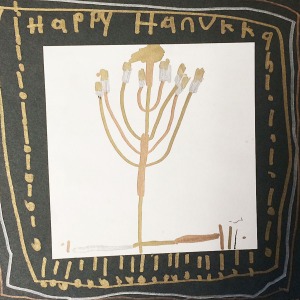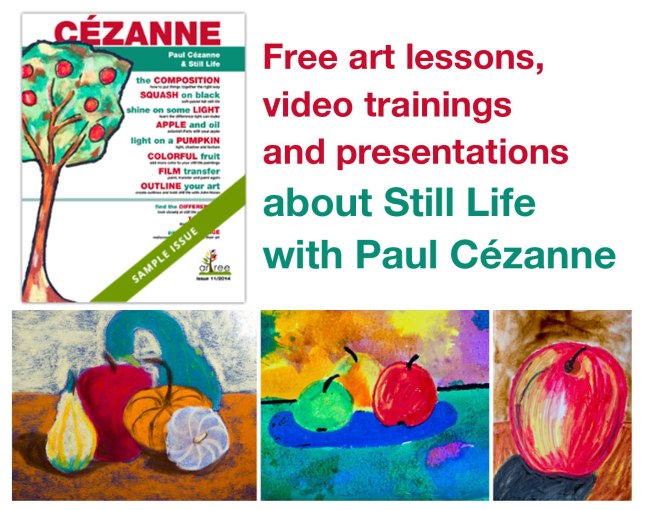Visit our Pinterest board for Easter and spring-inspired recipes, games, crafts, art and more.
Happy Easter, everybody!
Have you decorated you eggs yet or are you, like our family, suddenly realizing your weekend is going to be busier than you thought?! In case you are still looking for some quick and fun ideas to spice up your holidays, you’ve come to the right place. These are some of our favorite Easter ideas from the previous years that we are planning to bring back to life on Saturday! Hope you can join us.
These easy salt-and-watercolors eggs make a great Easter garland or wreath. You can also make flowers or butterflies like this. Easy, fun and kids love it. Here’s how to do it.
See how you do this. You can either use a crayon to draw on a hot hard-boiled egg and watch it melt. Or you can shred the crayon, color your egg and roll it in the shredded wax before the egg cools down too much.
I love Pisanky! And this melted-crayon above the muffin tin is as close as you can get with small kids. You still needs to be careful but it is not that difficult technique to masker. Here’s how to do it – and remember, you can always color the egg before or after you are done.
And one more idea: the ultimate Easter science project: the naked egg! See how you can make it in just a couple of days. Just make sure you make more than one because the kids will love it and will be devastated it is breaks… (at least mine were).
